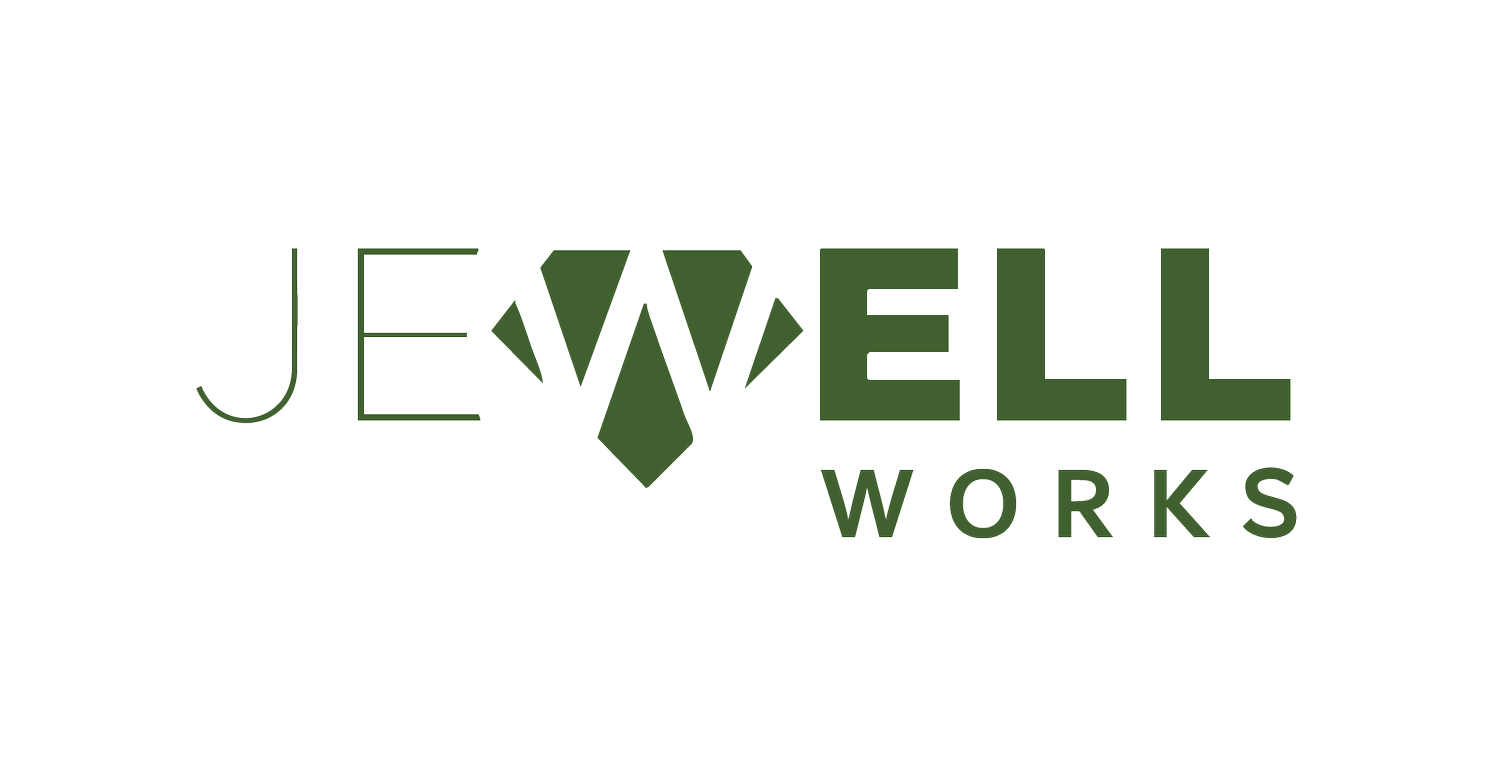Intentional Workplace Wellness: Why Data Matters
January 20, 2025
Being intentional about workplace wellness begins with intentional measurement. Only then can leaders align goals and actions with the impact they want to see.
It’s about tracking the key metrics that matter most to you and your stakeholders.
Industry benchmarks can provide helpful context, but the real value lies in comparing year-over-year trends within your own organization. For senior teams and HR leaders, starting this process in January is vital. By tracking early indicators of challenges, you can adapt your strategy proactively and focus on scaling what’s already working well.
Here are the top five essential data points to track, how to access them, and the valuable insights they reveal:
1. Employee Experience Surveys. Track employee perceptions related to health & wellness benefits, change management, psychological health & safety, manager effectiveness, and loyalty. This reporting is available internally or through the survey vendor.
Key Insight: Employee feedback enables leaders and HR to address concerns quickly and authentically, improving communication and action plans. Short, frequent pulse checks can validate whether those actions are leading to improvements.
2. Short and Long-Term Disability Trends. Disability data, such as the number of claims, the duration of absences, and the primary causes, can typically be accessed through your benefits provider. Request this data on a quarterly basis to gain insight into the health challenges affecting your employees.
Key Insight: This data helps you identify which segments of your workforce are most impacted by illnesses that lead to absences and highlights the most common conditions. For example, if chronic conditions like diabetes are the primary cause, consider investing in prevention programs. If mental health issues are prevalent, focus on strengthening mental health support. Early intervention during an absence can also help employees return to work more quickly.
3. Other health benefits plan data. To round out your understanding of the health issues impacting your employees, it’s important to look at other plan data such as the most commonly filled prescriptions, practitioner visits (e.g. psychotherapy, massage, chiropractic), and newer solutions like virtual healthcare.
Key Insight: This data helps ensure your benefits plan is designed to address the main health challenges for your workforce. For example, if mental health is a top reason for absences, this may also show up in the health claims data for medications or paramedical services. Consider enhancing coverage or better communicating available support to prevent time off work.
4. Employee & Family Assistance Program trends. Your EFAP provider can provide quarterly reports that show what services employees are using, with a breakdown by demographics like age, gender, and business unit. Satisfaction scores are also available.
Key Insight: EFAP data uncovers how employees are using the available services and highlights any concerns. It can also support ‘stay at work’ and ‘return to work’ efforts by ensuring people leaders and disability case managers promote the EFAP. Since EFAP is typically a fixed cost, encouraging its use helps maximize the value of your investment.
5. Wellness program participation. Knowing whether employees are using the programs and resources available is key to ensuring these offerings align with their needs and interests. Look for data from HR for internal programs and from vendors for outsourced services like health coaching, digital health platforms, and lifestyle programs.
Key Insight: Culture eats programs for breakfast—creating a healthy workplace is about aligning your culture with impactful, well-utilized programs, not just offering a wide variety.
Making Data Work for Your Organization
Start with these five key data points, then add 2-3 more that align with your organization’s HR strategy. From there, create a one-page dashboard to keep stakeholders informed of progress and ensure that all program and budget decisions are driven by data.
Ready to take your workplace wellness strategy to the next level? Contact Jennifer at jennifer@jewellworks.ca to learn how we can help.
Already seeing progress? Reach out to info@excellence.ca to explore the Canada Awards for Excellence in Healthy Workplace® or Mental Health at Work®.

